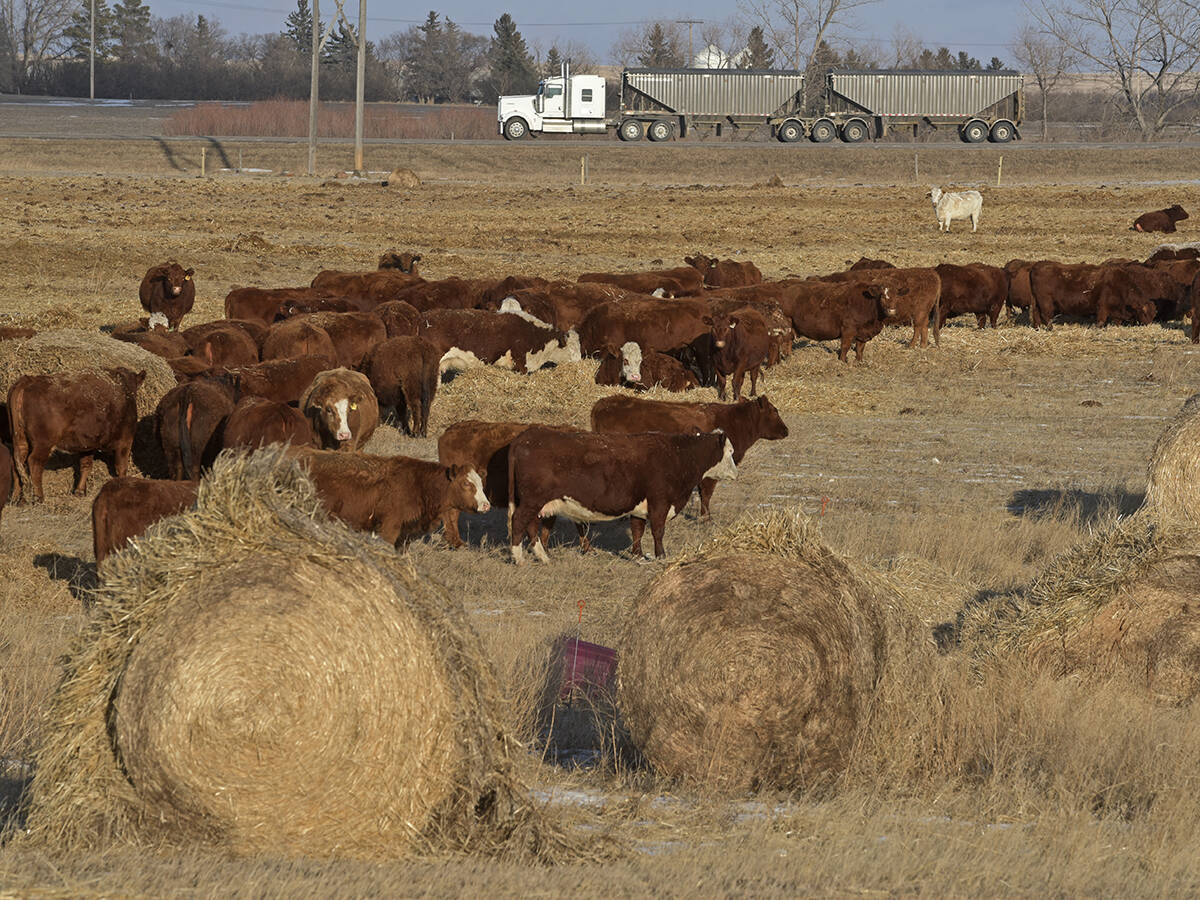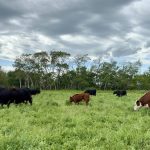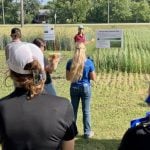NEW YORK, (Reuters) — When Reuters photographer Lucas Jackson headed to Greenland in June, he travelled with a heavy, oversized rolling bag containing a crucial piece of equipment to document climate change.
Jackson, one of a handful of Reuters photographers licensed to operate a drone, spent seven rainy days camped alongside Greenland’s Helheim glacier, near the small seaside village of Tasiilaq.
Using an Inspire 1 Pro drone, Jackson captured more than 700 gigabytes of footage and images.
Drones are an emerging tool for newsgathering, but they potentially pose legal and ethical challenges, including the violation of privacy.
Read Also

Canadian Cattle Association hopeful of agreement with Alberta group
The Canadian Cattle Association is optimistic the two parties will work through the issues ABP identified and resolve them before the July 1, 2026, withdrawal date.
But Greenland provided a perfect opportunity. It was unlikely to give rise to the same privacy concerns and it is inexpensive. By contrast, renting a helicopter can cost thousands of dollars per day.
The drone offered Jackson the ideal way to procure bird’s-eye shots and video of icebergs and glaciers, as well as footage of scientists monitoring rising sea levels, without disrupting their research.
“People are tempted to use a drone just to use a drone,” Jackson says. “They should be used to get a perspective at an elevated angle that would be too risky or costly to get without a drone.”
Many news organizations have policies on drone use. Those can include staying clear of people, homes, protests or densely populated areas.
Drones can also shoot images at a lower elevations, offering more detailed views because they can hover in one spot with little movement.
In July, photographer David Gray used a drone to document extreme drought along with its devastating effect on cattle and crops in Eastern Australia.
For Jackson, the biggest challenge in Greenland was preserving battery life. The drone lost power after 10 minutes, and it took another hour to recharge.
“I didn’t have time to experiment,” Jackson said. “I had to know which shots I wanted.”














